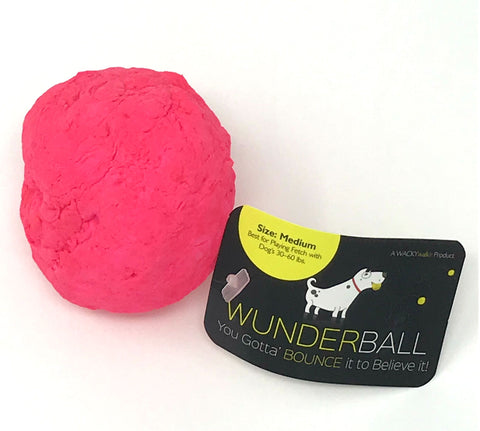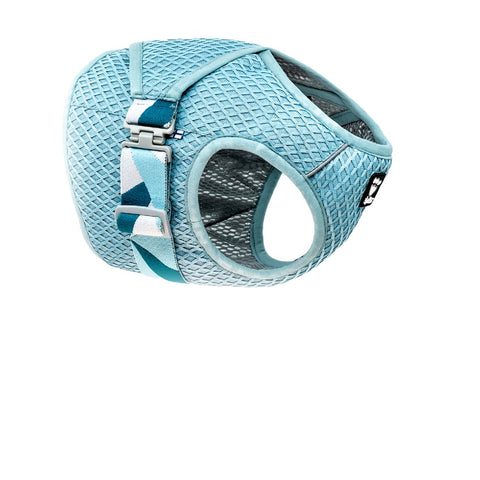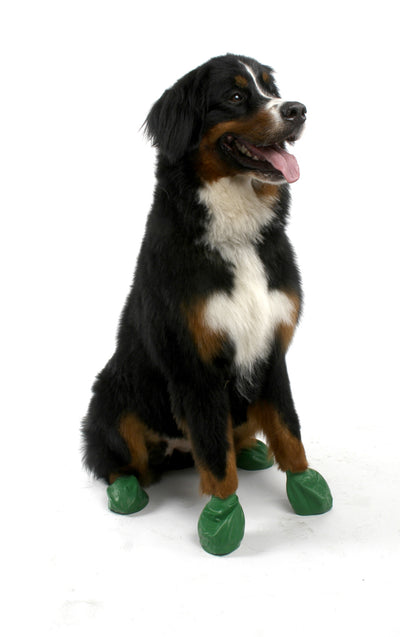 Every dog parent hates even thinking about outliving their best friend. Unfortunately, it's just part of the deal-when you fall in love with your dog, chances are you will outlive your dog. But every moment you spend together counts twice for both of you.
Every dog parent hates even thinking about outliving their best friend. Unfortunately, it's just part of the deal-when you fall in love with your dog, chances are you will outlive your dog. But every moment you spend together counts twice for both of you.
Here's the facts about dogs and their live spans:
The Oldest Dog
Denice Shaughnessy’s wire-haired dachshund, Chanel, passed away at 21! She was heralded as the world’s oldest dog, according to Guinness World Records. Now another old dog, one still living, is vying for that title. Max, a terrier mix, is 26 years old, according to his owner, Janelle Derouen of New Iberia, La., although Guinness has yet to certify his status. Pets Are Living Longer
Veterinarians say it’s not unusual for some dogs and cats to reach 15 years or more, and they’re seeing more and more pets do so. “Just as the average life expectancy for people keeps reaching closer to the century mark, we’ll continue to see the same parallels in our pet population,” says Martha Smith, director of veterinary services at Boston’s Animal Rescue League. Dog sizes as it relate to live expectancy
Dog sizes as it relate to live expectancy
If you want your dog to live a long time, choose a small or medium-size breed. Longevity directly correlates to breed size. Large dogs have shorter lifespans than small or medium-size dogs, and toy breeds tend to have the longest lives of all. As for giant breeds such as Newfoundlands, Saint Bernards, Great Danes and Irish wolfhounds? Well, they don’t have a giant-size lifespan.“The most short-lived breeds are giant breeds. They tend to live to be 6 or 8 years old. Large breeds like shepherds, Labs, goldens probably live 10 to 13 years and the medium and small breeds 12 to 14 years. Mixed breeds in general tend to live a little bit longer than pure breeds.” It used to be commonly thought that to calculate a dog’s age in human years, you simply multiplied by seven. But you can’t apply that formula to any single dog breed because of the variability in aging between breeds. You can make a pretty good guess, though, many vets say, by figuring that a one-year-old dog is equivalent to a 12-year-old person and a two-year-old dog is equivalent to a 24-year-old person. For every year after that, add four years. That formula is probably the most accurate because it does take into account the maturation that happens in the beginning of the dog’s life and then the slowing of the aging in subsequent years.
Select for longevity
Pat Santi, who breeds Cardigan Welsh Corgis in Coatesville, Pa., and currently has 32 of the short-legged herding dogs, says her dogs often live to be 18 or 19 years old. The average lifespan for the breed is 12 to 14 years. Does Santi simply have the magic touch? Not necessarily. She attributes her dogs’ longevity to good genes and good nutrition.Genetics is undoubtedly a part of the equation. “To a significant degree, how long an individual dog or cat is likely to live is pre-programmed, just like it no doubt is for people,” Berg says. With that in mind, some dog breeders are selecting for longevity. The Doberman Pinscher Club of America instituted a longevity program in 1997 to identify and track dogs that reach the age of 10 or more or whose parents reach that age. If you’re buying a purebred puppy of any size, ask the breeder how long her dogs usually live.
Size & Life Span
 Keep your pups slightly thin and give them a full two to three years to reach their mature size puts less stress on the skeleton and organs such as the heart. Studies have shown that slightly underweight dogs live an average of two years longer than overweight dogs. “These dogs were basically underfed a little bit their whole lives,” Smith says. “They had a lifespan that was considerably longer. I think on average it was two years longer than their heavier counterparts, so staying lean, staying fit, is obviously very important in longevity.” Pet gerontology expert and veterinarian Richard T. Goldston, in St. Petersburg, Fla., says the improvement is a combination of more responsible pet ownership, a stronger human-animal bond and better veterinary care and pet nutrition. “Forty years ago, maybe 30 percent of 60-pound dogs would reach 11 years of age. Now, 60-pound dogs, at least 50 percent are going to live 11 years or a little bit longer.”
Keep your pups slightly thin and give them a full two to three years to reach their mature size puts less stress on the skeleton and organs such as the heart. Studies have shown that slightly underweight dogs live an average of two years longer than overweight dogs. “These dogs were basically underfed a little bit their whole lives,” Smith says. “They had a lifespan that was considerably longer. I think on average it was two years longer than their heavier counterparts, so staying lean, staying fit, is obviously very important in longevity.” Pet gerontology expert and veterinarian Richard T. Goldston, in St. Petersburg, Fla., says the improvement is a combination of more responsible pet ownership, a stronger human-animal bond and better veterinary care and pet nutrition. “Forty years ago, maybe 30 percent of 60-pound dogs would reach 11 years of age. Now, 60-pound dogs, at least 50 percent are going to live 11 years or a little bit longer.”


























Leave a comment